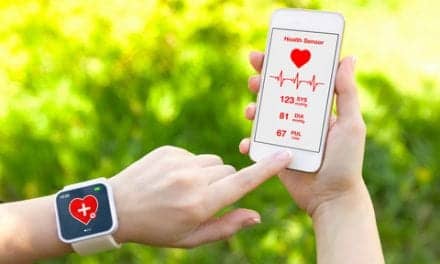Washington Post: With some know-how patients can obtain useful data from sleep wearables.
According to the Centers for Disease Control and Prevention, people who routinely sleep less than seven hours a night are more likely to report medical conditions such as heart disease, diabetes and depression. It’s no wonder, then, that wearable gadgets — such as those worn by about 20 percent of American adults — spit out sleep-related figures meant to help us understand our time away from consciousness. The catch? Sometimes those numbers are presented without much context, which can make it tricky to understand how valuable they really are. And other numbers, like the amounts of time you spend in restorative “deep” sleep, are in some ways just educated guesses.
That’s because, despite how sophisticated some of these wearables have become, they can’t precisely measure what our brains are doing. Instead, they do their best to estimate where we are in our nightly sleep journeys by tracking and interpreting the sort of data a watch or a ring can collect, like your heart rate and movement in bed.
“These are a proxy for sleep, not sleep as traditionally defined,” said Cathy Goldstein, a sleep researcher and associate professor or neurology at the University of Michigan.
None of this means you shouldn’t try to use your wearable tech to better understand the way you sleep. Goldstein says these kinds of gadgets can be really helpful because we “don’t otherwise have a way to track sleep over time for days and days.” The trick? Pay attention to the right kinds of data. To help, here’s our guide to the sleep-related numbers your wearable tech could spit out at you, and how seriously you should take them.
Keeping track of this without a smartwatch or a fancy ring is simple enough in theory: make note of what time you went to bed and when you woke up, then do a little arithmetic. But where wearables come in really handy is getting a full picture of your time in bed. “Almost all of the commercial trackers are now really good at telling you what time you went to bed, what time you woke up, how much sleep you got and how awake you were,” said Joshua Hagen, director of the Human Performance Collaborative at Ohio State University.



